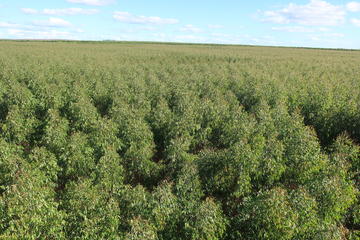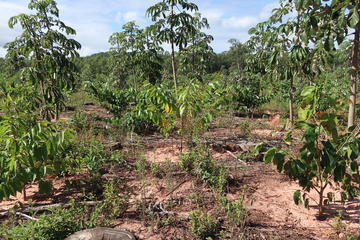Context and Objectives
Forest landscape restoration and afforestation have recently received much international attention as a crucial opportunity for mitigating climate change. Therefore, it features prominently in many political initiatives such as the EU Green Deal and the Bonn Challenge. Yet, the ongoing increase in biotic and abiotic stress driven by climate change puts forests under threat. In the face of CC, adaptation and mitigation by forests are ultimately linked, because the ability of forests to sequester carbon in the long run depends on the ability of trees to cope with multiple stresses. A growing body of evidence suggests that mixed forest plantations, i.e., plantations where several tree species are mixed, are more efficient in sequestrating C, while better coping with CC-related stress. Mixed plantations thus represent an opportunity for an important nature-based solution for CC mitigation and adaptation.
However, monocultures still dominate the world’s forest plantations. The reasons for the apparent resistance to mixed plantations among landowners and stakeholders need to be identified and addressed in future forest policies to promote the large-scale expansion of more CC-resilient mixed forest plantations. One of the possible factors that may have prevented the expansion of mixed plantations at large scales is insufficient scientific evidence for practitioners and policy-makers.
Using a global network of forest biodiversity experiments (TreeDivNet), we will provide a mechanistic understanding of how tree diversity, species identities and management (thinning and fertilization) influence both the potential of mixed forest plantations to mitigate (C sequestration) and adapt (drought and herbivory resilience) to CC, in a win-win approach.
In addition, we will translate this knowledge into guidelines that can be widely adopted by practitioners and policy-makers.


